Princess indoor flowers hydrangea
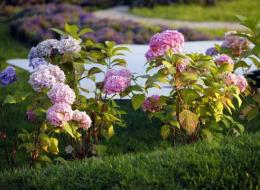
Any person’s home will be much more comfortable if there is a place for indoor flowers. And in a house where there are indoor hydrangea flowers, it will also be very beautiful.
Content:
Hydrangea or hydrangea
The plant received several names at once:
- hydrangea - in honor of the Roman princess
- hydrangea - "water jug", because of the love of water
- ajishai - Japanese name for "purple sun"
Lovers indoor hydrangea flowers conquers with spherical inflorescences at the ends of the stem. It grows in the wild in Asian countries, the Russian Far East, and North and South America. Represented by subshrubs, bushes and vines. Hydrangeas can be either evergreen or deciduous.
Inflorescence: corymb and panicle. Most often there are two types of flowers:
- in the center of the inflorescence - small fertile
- along the edge of the inflorescence - large, sterile
In some species, both fertile and sterile flowers can be exactly the same size. The color of hydrangea inflorescences is white, pink, blue. In some species, color may depend on soil pH:
- in acidic soils - blue
- in neutrals - light beige
- in alkaline - pink, purple
The fruit of hydrangea is a capsule, the seeds are small. It is important to remember that all parts of the plant contain toxic substances similar to cyanide.
Growing hydrangea indoors
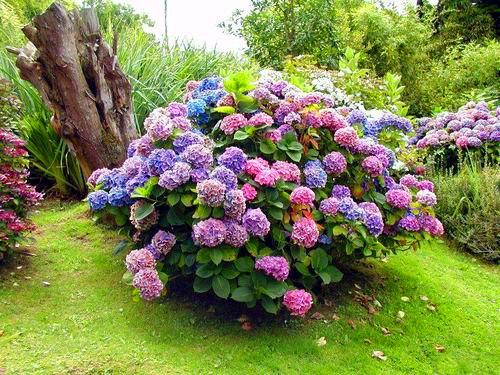
Many hydrangeas It is thermophilic enough to grow in open ground, but gardeners have found a way to grow it indoors. Varieties of large-leaved hydrangea were suitable for these purposes. When grown indoors, the plant can be from 20 cm to one meter in height. Gives several round flower caps. The diameter of each is from 15 to 20 cm.
To plant hydrangeas, you can use a rooted cutting from an adult plant. To do this, you need to take a non-flowering root shoot with several green leaves. Drip it into the ground mixed with sand and peat. Moisturize. After three weeks, the cuttings can be planted in a pot. In this case, the hydrangea will bloom in a year. A pot with a diameter of 10 cm is suitable for a young seedling. If it is not possible to find leaf soil and sand, then it is best to use ready-made soil for hydrangeas for planting.
We place drainage at the bottom of the pot; both ready-made and “hand-made” ones will do, for example, small porcelain shards. If there is drainage, we lay cut dry moss on top. We fill it with a layer of soil, install the seedling and fill it up to the root collar, it remains above the ground. We compact the soil around the plant. We water it. We place the plant in a well-lit place, but where there is no direct sunlight.
Many beginning lovers of indoor floriculture may be in for an unpleasant surprise: when in the fall, the hydrangea suddenly drops all its leaves. There is nothing surprising. After all, this is exactly how deciduous shrubs behave in the wild. In late autumn, after flowering has ended, you need to remove all remnants of inflorescences, reduce watering, after the plant has shed all its leaves, put the pot in a dark place until the end of winter, for about 85-90 days.
In the first spring days, the pot is taken out into the sunlight, carefully inspected and all weakened and dried out shoots are removed. You need to leave a few of the strongest and strongest ones. The first watering should be done moderately, then water as usual. After 10-12 days, feed the hydrangea with liquid mineral fertilizer. Many indoor hydrangeas real chameleons. It is not uncommon for inflorescences of different colors to appear even on the same plant.
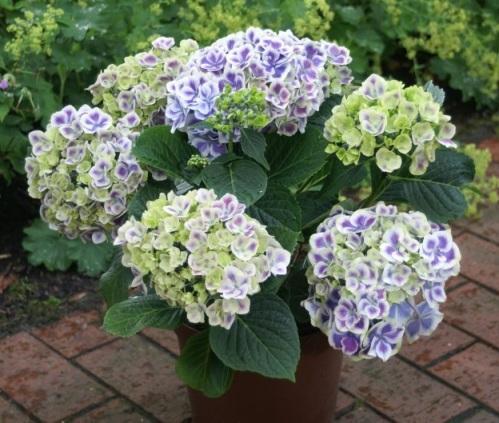
You can get such an unusual flowering in a simple way by adding various fertilizers to the water for irrigation. By adding various acidic alums, you can achieve different shades of blue. Use soft and warm water for irrigation. Better than rain.
Beneficial for the flower and regular spraying of leaves. During the period of active growth and flowering, fertilize the plant at least twice a month. Hydrangea loves to grow in well-moistened soil, but even if it happens that the soil is dry and the flower has withered, start watering, it will produce new green shoots.
Immediately after flowering ends, but before the leaves drop, all shoots must be shortened by about 1/3 of their length. If this was not done on time and the leaves have already fallen, then this is no longer worth doing.
As the plant grows, it will completely fill the pot and will need to be transplanted into a larger container. To replant, take a pot wide enough, add drainage, moss, a little soil, transfer the plant from the old pot and add soil. Compact it and water the plant.
If the plant has slowed down, pay attention to the watering water; it may be too hard. It probably needs additional feeding. Unattractive light spots appeared on the leaves - an excess of direct sunlight.The ends of the leaves have dried out - insufficient watering and dry air in the room.
At home, the plant can be affected by aphids and spider mites. If pests are detected, treat with insecticidal preparations. To prevent the appearance of mites, humidify the air in the room with the flower. Dangerous diseases for indoor hydrangea There may be downy mildew, gray rot. It needs to be treated with copper sulfate.
Buy indoor plants from trusted manufacturers, grow them in accordance with their recommendations, and then beautiful flowers will decorate your home.
Useful video about propagating hydrangea by cuttings:
Interesting information about the vegetable garden

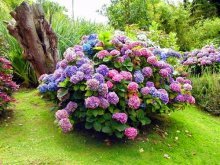
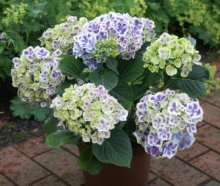
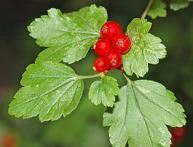
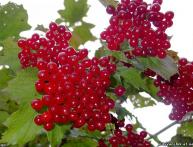
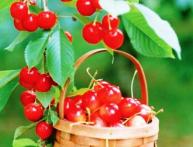


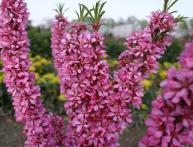

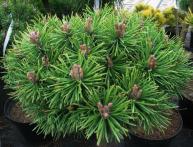
Comments
An acquaintance lived in a private house and almost the entire surrounding area was planted with hydrangea. It was a soft pink color with a purple tint. I took several cuttings from him and planted them near the house. The flower took root well and the color remained the same. And at the dacha, my mother and I planted it. But I couldn’t even think about growing hydrangea at home. It's so voluminous. I'll definitely try it in the fall. I didn’t know that the flower needs to be watered with soft water. Please tell me how to soften water for irrigation.